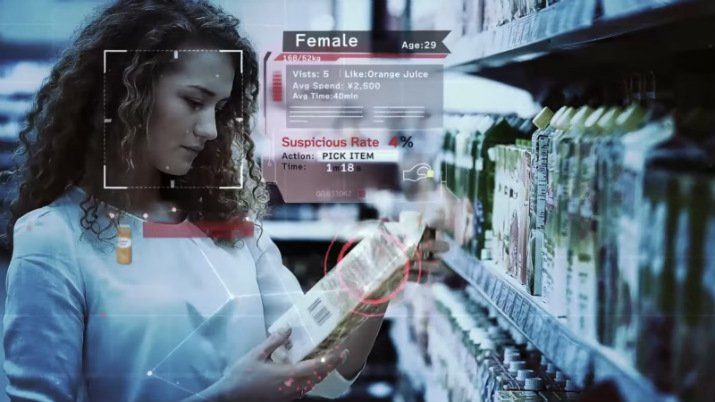
© Screenshot VAAK/YouTube
, a Japanese startup, has developed artificial intelligence software that hunts for potential shoplifters, using footage from security cameras for fidgeting, restlessness and other potentially suspicious body language.
While AI is usually envisioned as a smart personal assistant or self-driving car, it turns out the technology is pretty good at spotting nefarious behavior. Like a scene out of the movie "Minority Report," algorithms analyze security-camera footage and alert staff about potential thieves via a smartphone app. The goal is prevention; if the target is approached and asked if they need help, there's a good chance the theft never happens.
Vaak made headlines last year when it helped to nab a shoplifter at a convenience store in Yokohama. Vaak had set up its software in the shop as a test case, which picked up on previously undetected shoplifting activity. The perpetrator was arrested a few days later.
"I thought then, 'Ah, at last!'" said Vaak founder Ryo Tanaka, 30. "We took an important step closer to a society where crime can be prevented with AI."
Shoplifting cost the global retail industry about $34 billion in lost sales in 2017 - the biggest source of shrinkage, according to a report from Tyco Retail Solutions. While that amounts to approximately 2 percent of revenue, it can make a huge difference in an industry known for razor-thin margins.


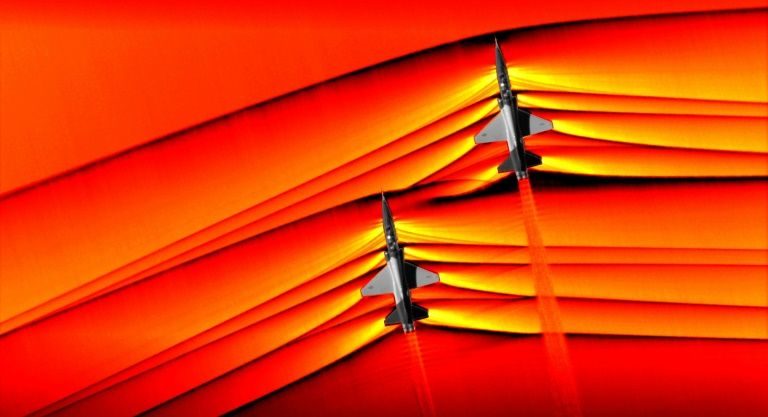
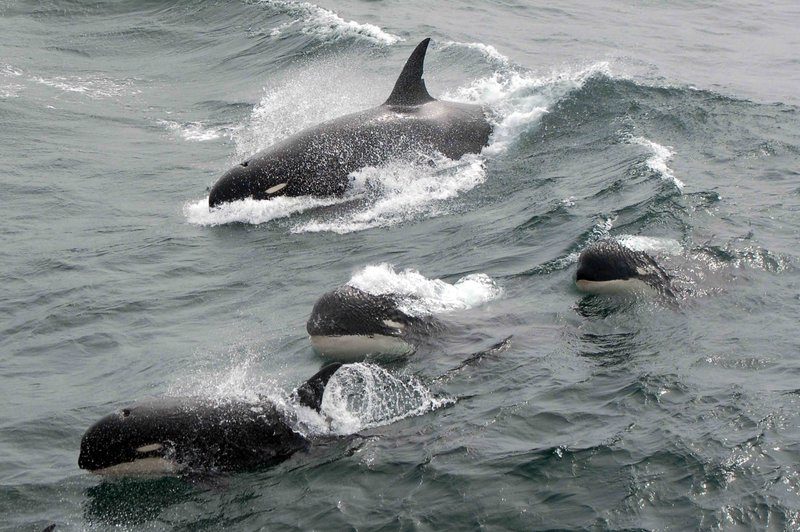
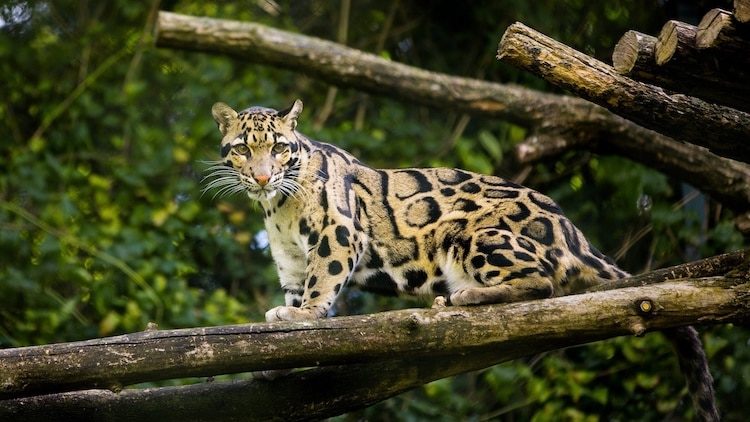

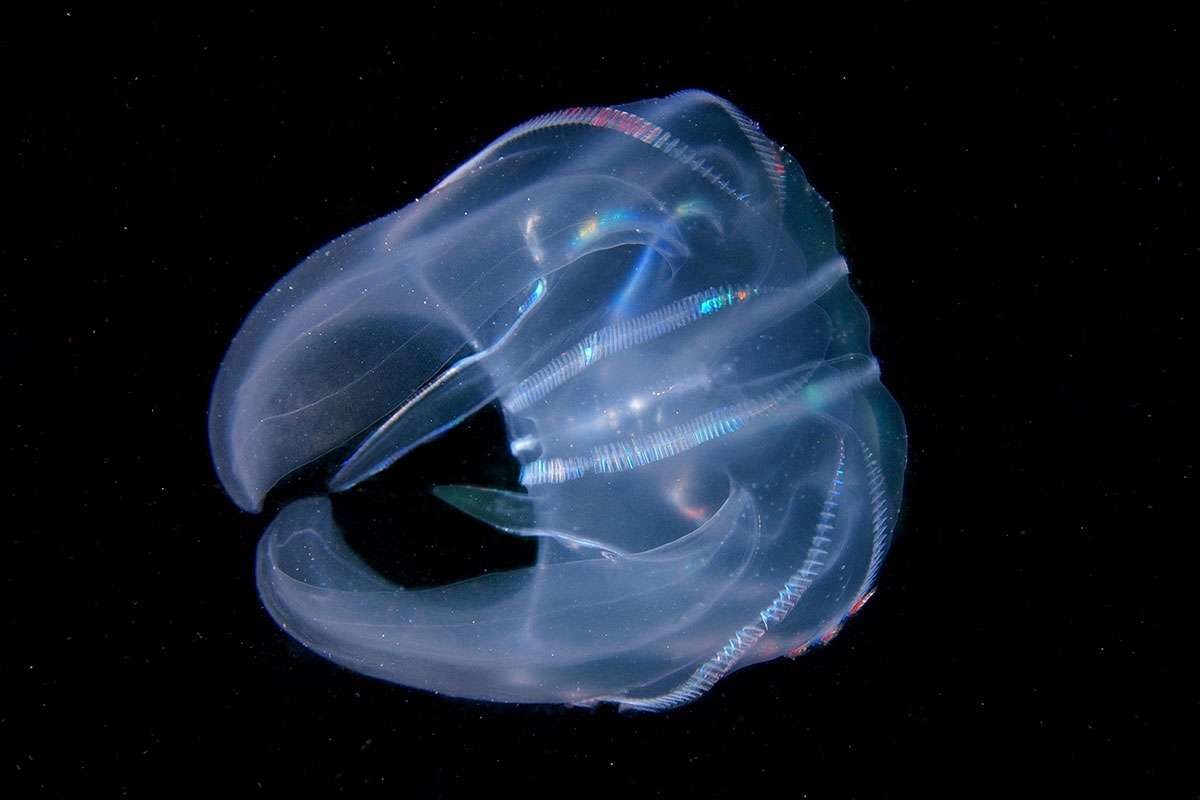

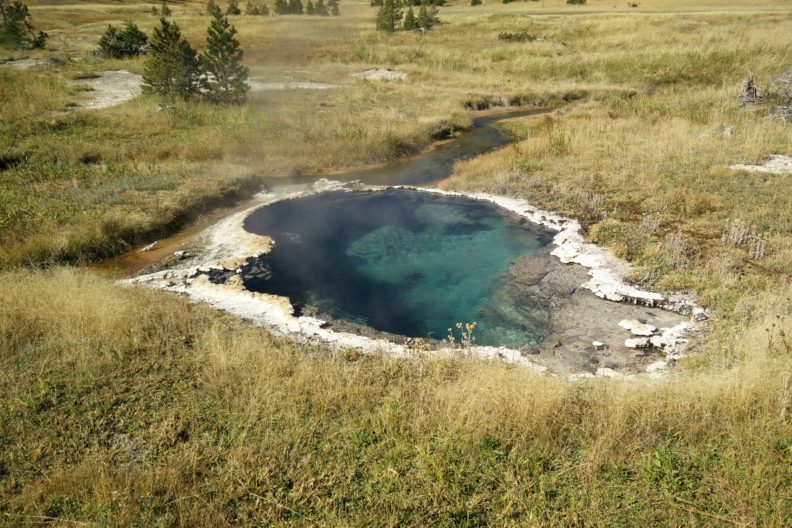

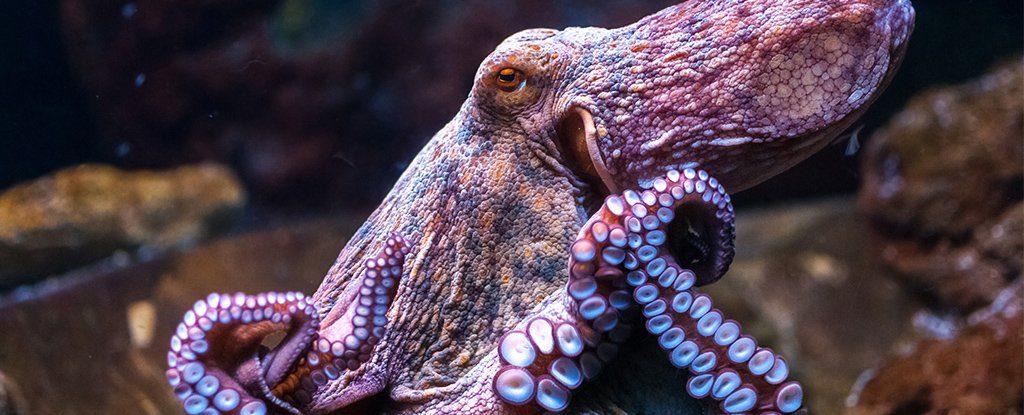



Comment: See also:
- Electric Universe: Plasma storms
- Electric Universe: Supersonic plasma jets discovered in Earth's atmosphere
- Chinese scientists discover way to turn copper into 'gold'
- NASA footage captures sun shooting giant strands of plasma (VIDEO)
- Strange skies: Red Sprites in Oklahoma, aurora Steve in Canada, iridescent clouds in Illinois and noctilucent clouds in Denmark
And check out SOTT radio's: